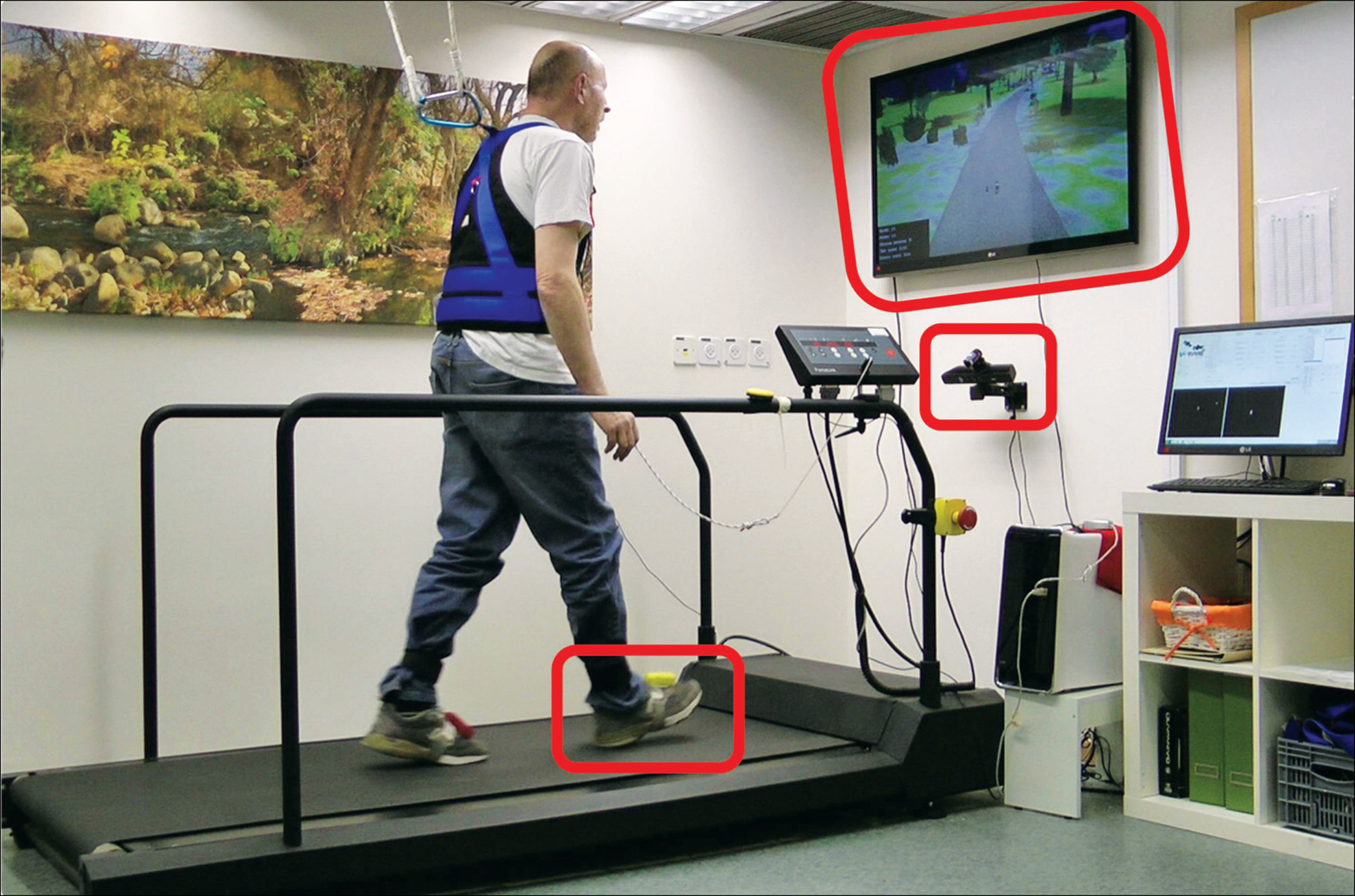Research Suggests VR Can Help Parkinson’s Patients
People with Parkinson Disease suffer from movement and coordination deficits that contribute to an increased risk of falls. Some types of rehabilitation, like treadmill training or strength training, have been shown to improve balance and mobility. However, this type of training is often performed in the confines of a clinic and do not reflect terrains and obstacles encountered in everyday life.
To address this, a study was created using a virtual reality (VR) environment that includes obstacles and terrains that Parkinson sufferers reported to be challenging to navigate through. The difficulty of this training can be modified in response to the user’s performance. This study was carried out in the hope that participants would demonstrate improvements in balance and mobility following six weeks of training using the VR system.
Each training session consisted of 30 minutes of walking on a speed matching treadmill while simultaneously navigating over obstacles spaced 15-25 feet apart. The obstacle’s heights were increased based on an 80% success rate from the previous session.
The results showed that using VR as a training tool can improve walking form and balance in Parkinson’s patients in a virtual environment. “The primary advantage is that they can encounter multiple obstacles and terrains while a safe environment is maintained using equipment such as a fall restraint tether,” said K. Bo Foreman, PT, PhD, associate professor and director of the Motion Capture Core Facility at the University of Utah. “Participants enjoyed the experience and thought it was fun, not just exercise. They liked the training and challenging themselves without the fear of falling.”
The study’s sample size was small, just 10 participants and no control group, but the results are still encouraging and replicate previous research from other universities.

A study conducted by Aviv University yielded similar results: “In response to 6 weeks of VR training, patients with PD increased their over-ground gait speed and stride length, demonstrated increased endurance, and better navigated around obstacles. Walking while performing another task also was improved. This effect was not seen in previous studies of treadmill training, lending support to the idea that VR has unique benefits.
Patients also reported enhanced quality of life and fewer falls and near falls. In addition, 4-6 weeks after the completion of the intervention, mobility continued to improve. Motor learning and behavioural changes can apparently be achieved using VR, even in the presence of neurodegeneration. Future work should strive to better understand how beneficial neuroplasticity can be optimally generated in patients with Parkinson’s Disease.”
